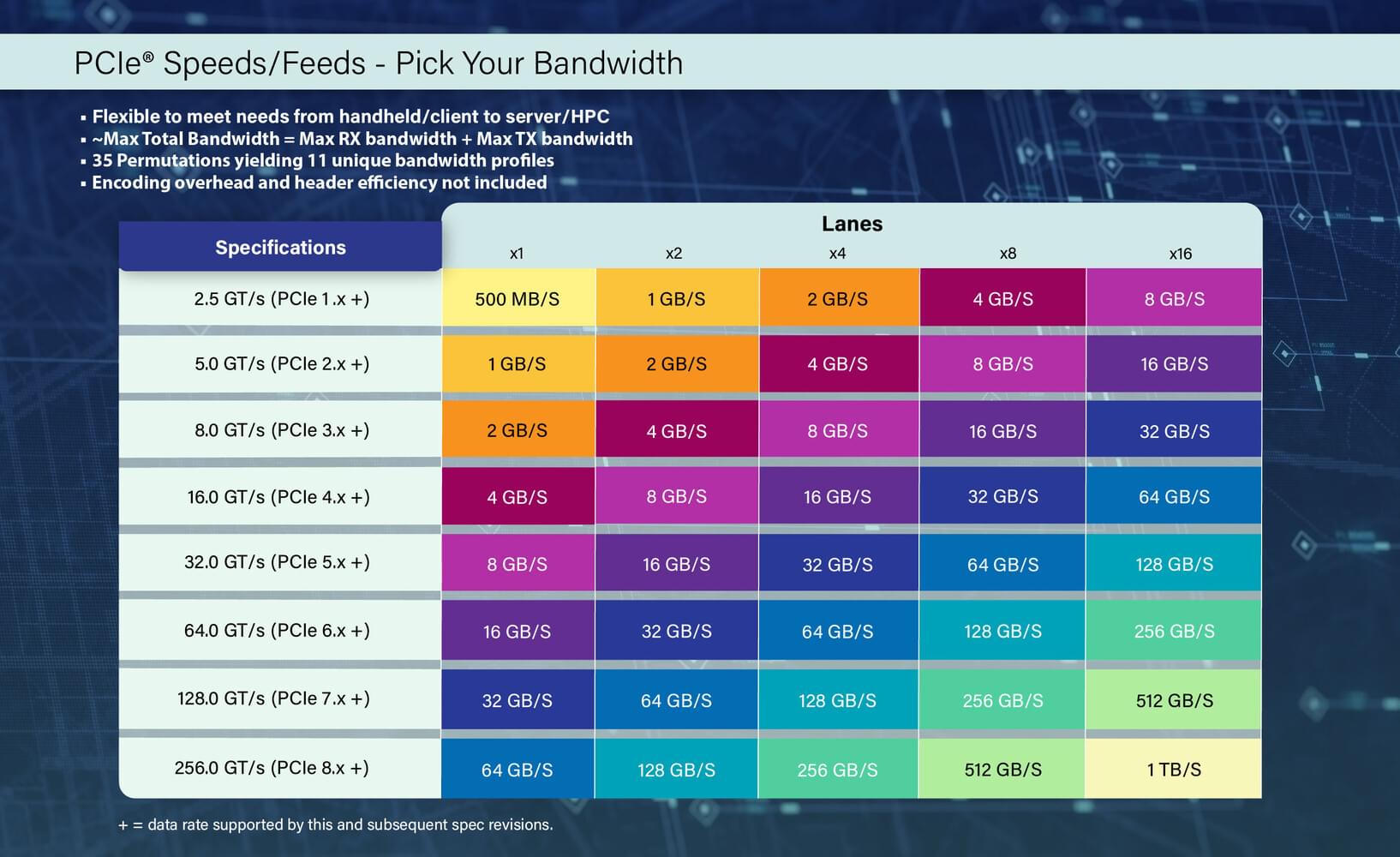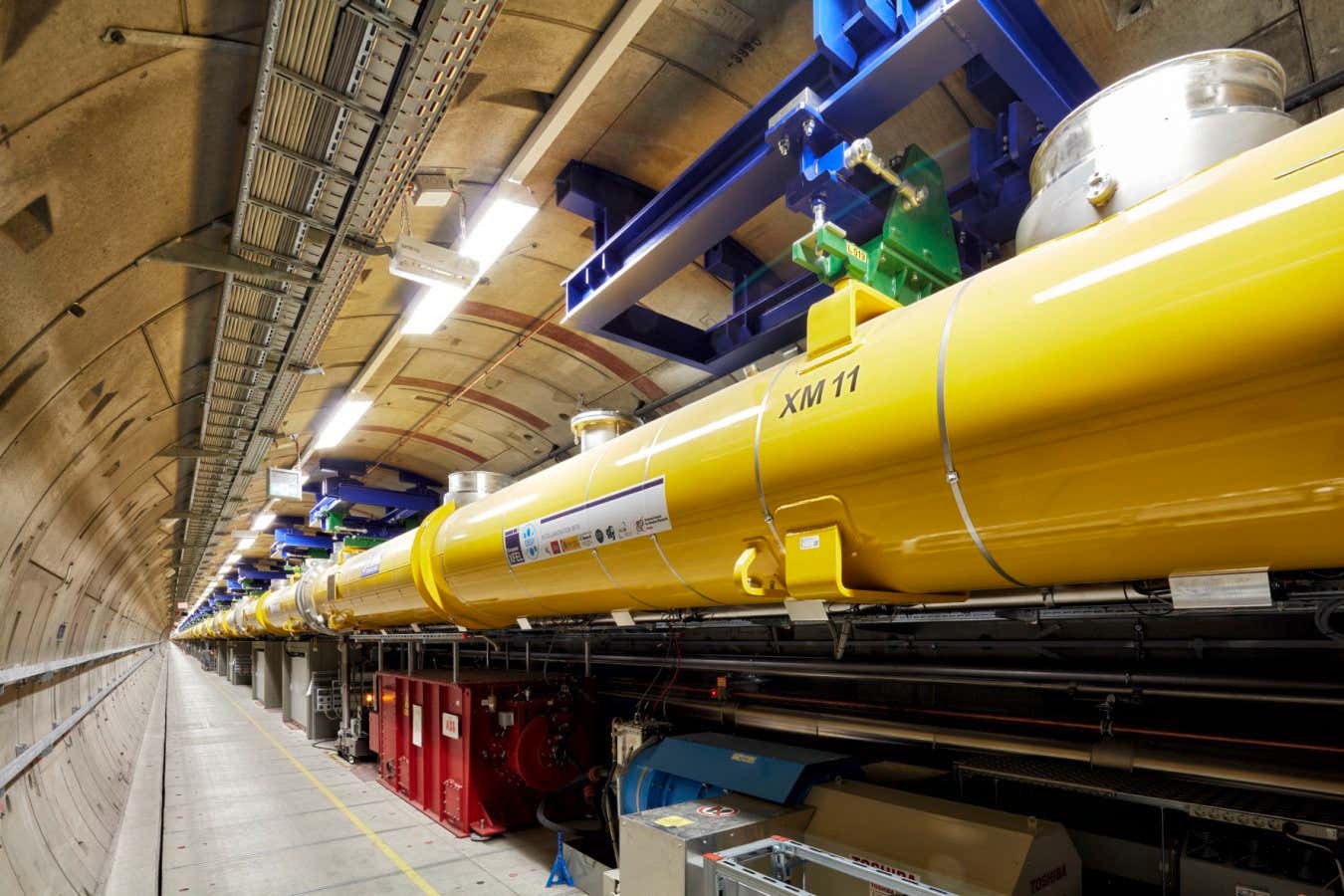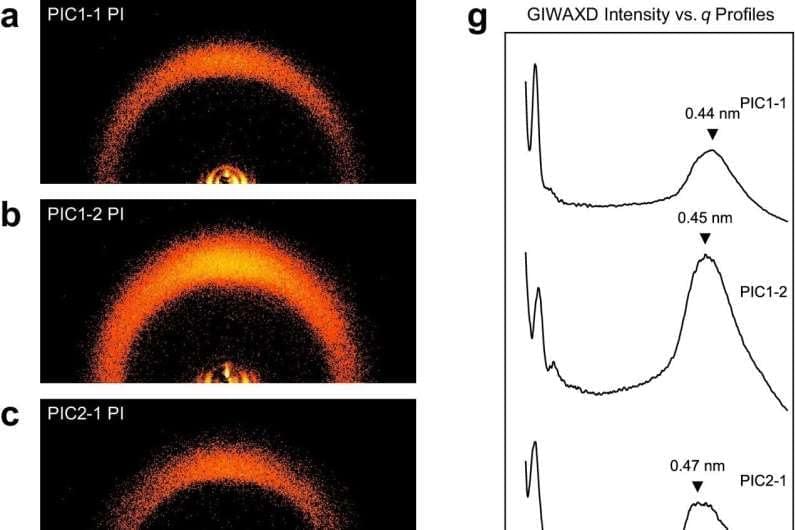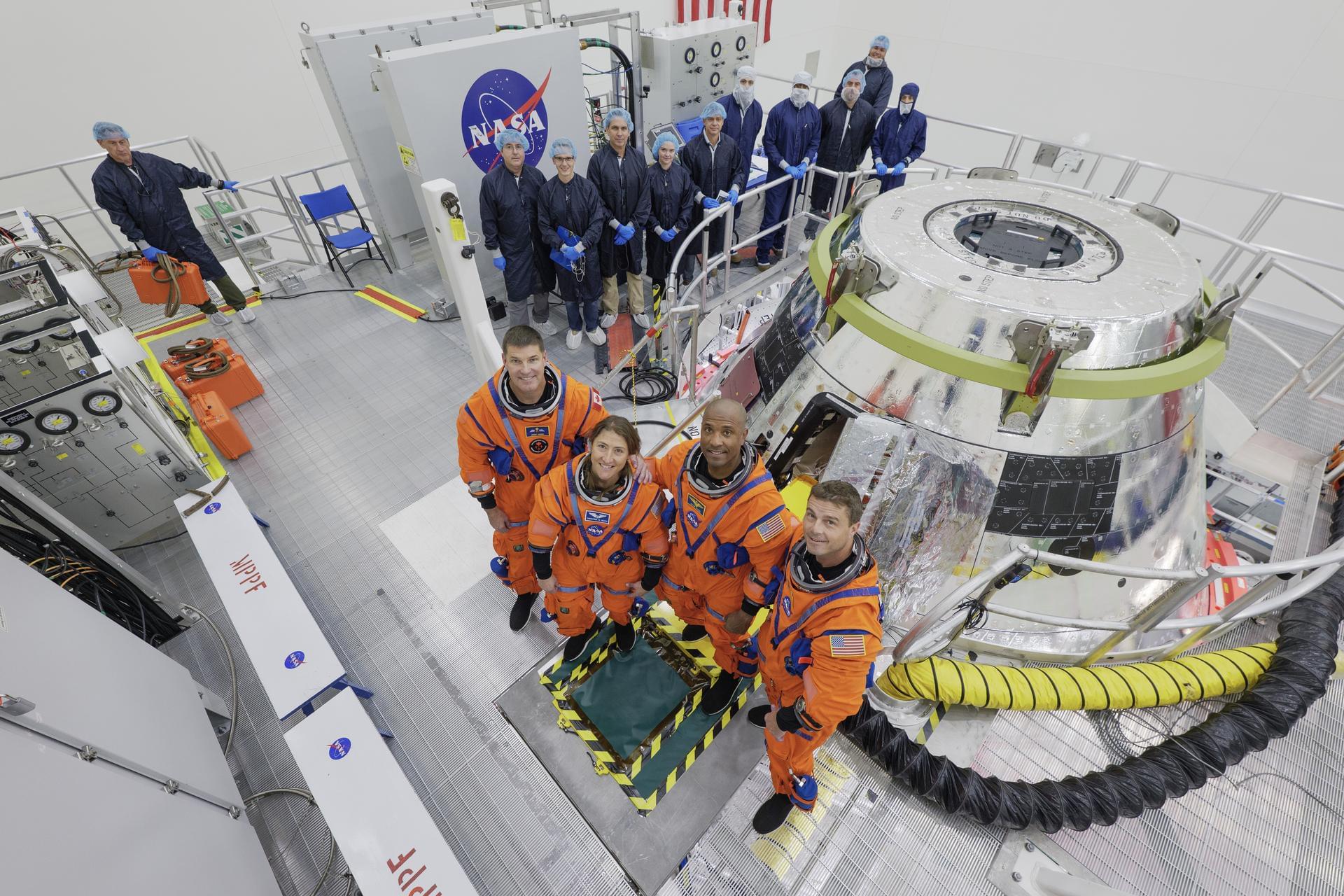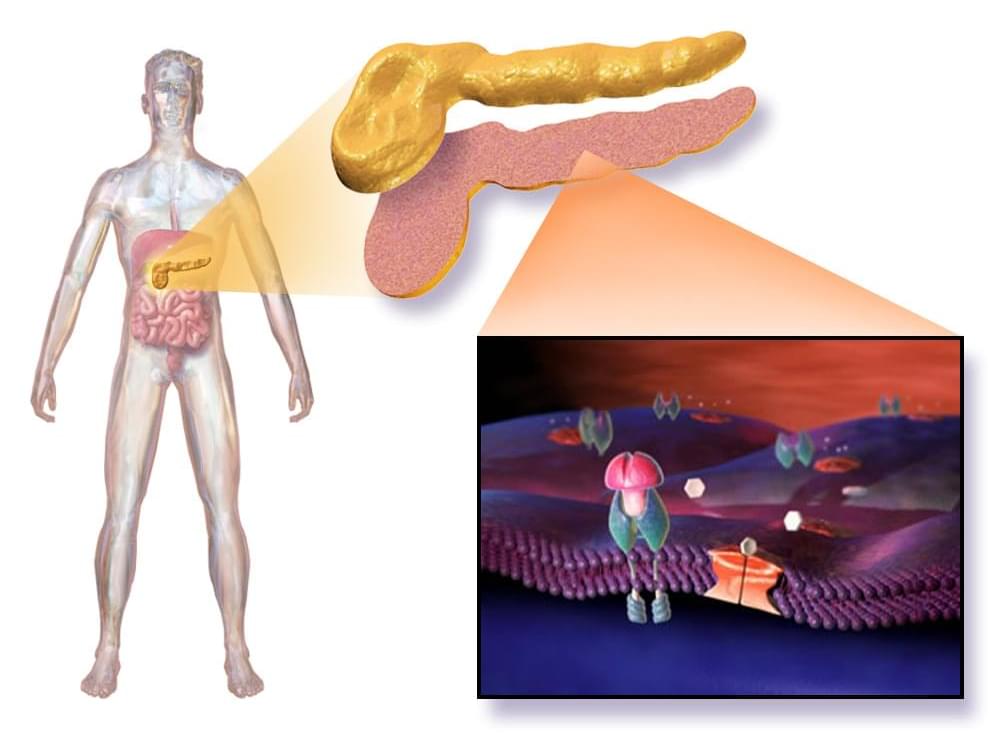PCI-SIG today announced the PCI Express (PCIe) 8.0 specification will double the data of the PCIe 7.0 specification to 256.0 GT/s and is planned for release to members by 2028. “Following this year’s release of the PCIe 7.0 specification, PCI-SIG is excited to announce that the PCIe 8.0 specification will double the data rate to 256 GT/s, maintaining our tradition of doubling bandwidth every three years to support next-generation applications,” said Al Yanes, PCI-SIG President and Chairperson. “With the increasing data throughput required in AI and other applications, there remains a strong demand for high performance. PCIe technology will continue to deliver a cost-effective, high-bandwidth, and low-latency I/O interconnect to meet industry needs.”
